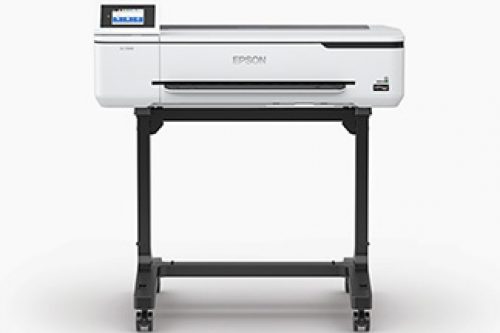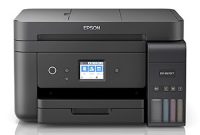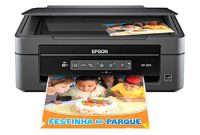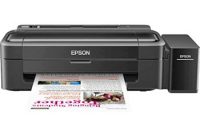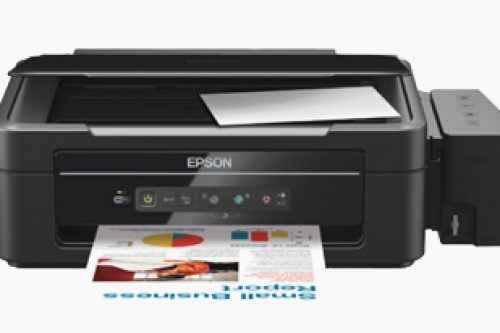The Epson Perfection V800 Photo, a successor to the Epson Perfection V700 Photo, was launched in November 2014 and is now available. Ultimately, the scanning experts welcomed the arrival of the Perfection V700 Photo’s successor after a long period of waiting. Download The latest driver below for free.
Microsoft Windows Support OS
Epson Perfection V800 Scanner Driver Windows 32-bit Download
Epson Perfection V800 Scanner Driver Windows 64-bit Download

- Windows Server 2008 SP2 (32/64-bit)
- Windows Server 2008 R2 SP1
- Windows Server 2012
- Windows Server 2012 R2
- Windows Server 2016
- Windows 2000 SP4
- Windows XP (32/64-bit)
- Windows Vista (32/64-bit)
- Windows 7 (32/64-bit)
- Windows 8 (32/64-bit)
- Windows 8.1 (32/64-bit)
- Windows 10 (32/64-bit)
- Windows 11 (32/64-bit)
Apple Support OS
Epson Perfection V800 Scanner Driver Mac Download
- Mac OS X 12 Monterey
- Mac OS X 11 Big Sur
- Mac OS X 10.15 Catalina
- Mac OS X 10.14 Mojave
- Mac OS X 10.13 High Sierra
- Mac OS X 10.12 Sierra
- Mac OS X 10.11 El Capitan
- Mac OS X 10.10 Yosemite
- Mac OS X 10.9 Mavericks
- Mac OS X 10.8 Mountain Lion
- Mac OS X 10.7 Lion
- Mac OS X 10.6 Snow Leopard
- Mac OS X 10.5 Leopard
Linux Support OS
Epson Perfection V800 Scanner Driver Linux Download
With improved resolution, color fidelity, scanning speeds, and other features like a new generation of scanners. Except from the new letteriThe Epson Perfection V800 Photo, a successor to the Epson Perfection V700 Photo, which was released in November 2014 and is now available after an eight-year wait, it’s clear at first glance that the two devices are next to each other. Eventually, with a long period of anticipation, the scanning experts welcomed the release of the Perfection V700 Photo’s successor. Just one little difference distinguishes the two devices’ data sheets: the new Epson Perfection V800 Photo powers up quicker than the old. It takes less than a second to warm up. We will examine whether any additional alterations have been made and whether the picture quality has improved in our test report.
As is customary with film- and flatbed scanners, the Epson Perfection V800 Photo has a USB 2.0 connection. The package comes with the necessary connecting cable as well as a power supply. In comparison to the predecessor, the maximum dimension for scanned light of 203 x 254 mm is unchanged and tops. Only A3 scanners, such as the Epson Expression 12000XL Pro, include bigger transparency units. Because the V800’s lid is part of the scanner’s transparency unit, it does not need to be separately mounted. The Perfection V700 Photo had a white cold cathode tube light, whereas the newer V800 makes use of a white LED. If you look closely, the technical distinctions between the two can be seen: The older model utilized a white cold cathode tube light. The operator saves a few seconds after turning on the scanner because the LED is already functional. The new light source has no effect on picture quality.
The new Epson Perfection V800 Photo differs hardly at all from the previous Epson Perfection V700, according to the datasheet, with a shorter warm-up period being beneficial for those wishing to perform quick single scans. The majority of users, however, will take longer to set up various tools and launch apps and thus won’t notice the time difference much, particularly since it only shows up before the first scan. There are no wait times with either device from the second scan on.
The Perfection V800 Photo employs the ICE hardware-based dust- and scratch correction technology for transmission scans. One each for 35mm film strips and slides, medium format slacks, and 4×5 inch large formats are included in the delivery scope. In the following chapter, we’ll go into further detail on them. The chapter image quality will show if this scanner’s optical resolution is really 6400 dpi, as claimed, or if it is less than 60% of that of its predecessor.
The film holders have been modified, which is one obvious change from the previous version. The height of all film holders has been changed. All holders now come with glass covers, in addition to the slide holder. The opaque structure of the film holders becomes apparent when examining the glass of the film holders closely, comparing it to, say, the glass panel in the scanner. When some minor feature like the shortened warmup time is emphasized and underlined, it’s amazing that this is not mentioned anywhere in Epson’s official datasheets. Many amateur would-be purchasers are expected to be more impressed by a speed increase than by particular film holders, regardless of their expertise level.
In comparison to the previous model, the new 35mm film strip holder now holds just three film strips. As a result, in batch mode, just 18 photographs may be scanned. Instead of two film strips, the new medium format roll film holder can only hold one. Ultimately, just one 4×5″ can be processed at a time with the new big format holder, rather than two. As a result, the Epson Perfection V800 Photo’s huge transparency unit isn’t being utilized as well.
The film holders for film strips, medium formats, and big formats have glass covers, and the Epson Perfection V800 Photo’s new film holders are adjustable in size. Nevertheless, compared to the previous editions, the latter has fewer film strips.
One shortcoming of the Epson Perfection V800 Photo is that it has only fix focus, which is addressed by the height adjustability of the new film holders. Manual adjustment of the focal plane is not possible. The distance between the sensor array and the film can be changed, resulting in a change of focus, using the film holder’s height adjustment. The auto focus feature of the bigger Epson Expression 12000XL allows the scan-sensor to automatically adjust to the film material.
The height of the holder may be adjusted using small slide controls. Six slide controls are included in each of the 35mm, medium format, and large format holders. Five degrees of adjustment are available for each slide control. The difference between the highest and lowest increment is around 2 millimeters or roughly 0.5 millimeters per increment. In the normal case, a triangle or arrow indicates the optimum focus setting to be utilized. Rectangles are used to signify other settings. The holder will not rest evenly if any of the slide controls are not set to the same setting, resulting in a poor blur or worse distortion. The Epson Perfection V800 Photo has a fixed focus. The focus panel can be manually adjusted using the height regulators on the film holders.
The glass covers in series are now available for 35mm small format, medium format, and large format film strips. It’s beyond our comprehension that Epson uses so many glass covers. Since the scan quality is always harmed by these, it’s customary to keep a few glass layers as feasible throughout the whole process. Newton’s rings or color aberrations of various kinds are two examples of image errors that can occur. The fact that film scanners only ray film material, but no glass layers, distinguishes them. Apart from the Microtek ArtixScan F2, flatbed scanners always include two glass panels between the light source and the CCD sensor. However, in the film holders, Epson has added two more glass panels. The following sample photographs demonstrate the impact this has on scan quality.
Only severely curved or corrugated film material would be prevented from blurring by the glass covers of the new film holders, which would prevent it from flattening. The film material must be severely arched or corrugated in order to take advantage of this structure. Normal curvature film strips barely make contact with the glass. We didn’t gain anything from our test pictures because they were roughly 0.4 mm beneath the glass panel.
On the desktop, the Epson Perfection V800 Photo takes up a lot of space. It may be necessary to free some additional space because of its 503 x 308 x 152 millimeter dimensions. Before conducting reflective scans, the document mat needs to be inserted with the transparency unit integrated into the lid. The Epson Perfection V800 Photo, for example, has two transport locks that need to be unlocked. The first is in the scanner’s lower-left corner, while the second is on the scanner’s rear end, next to the power supply. Next to the USW jack is the appropriate connection jack. The scanner may then be connected to the power grid.

